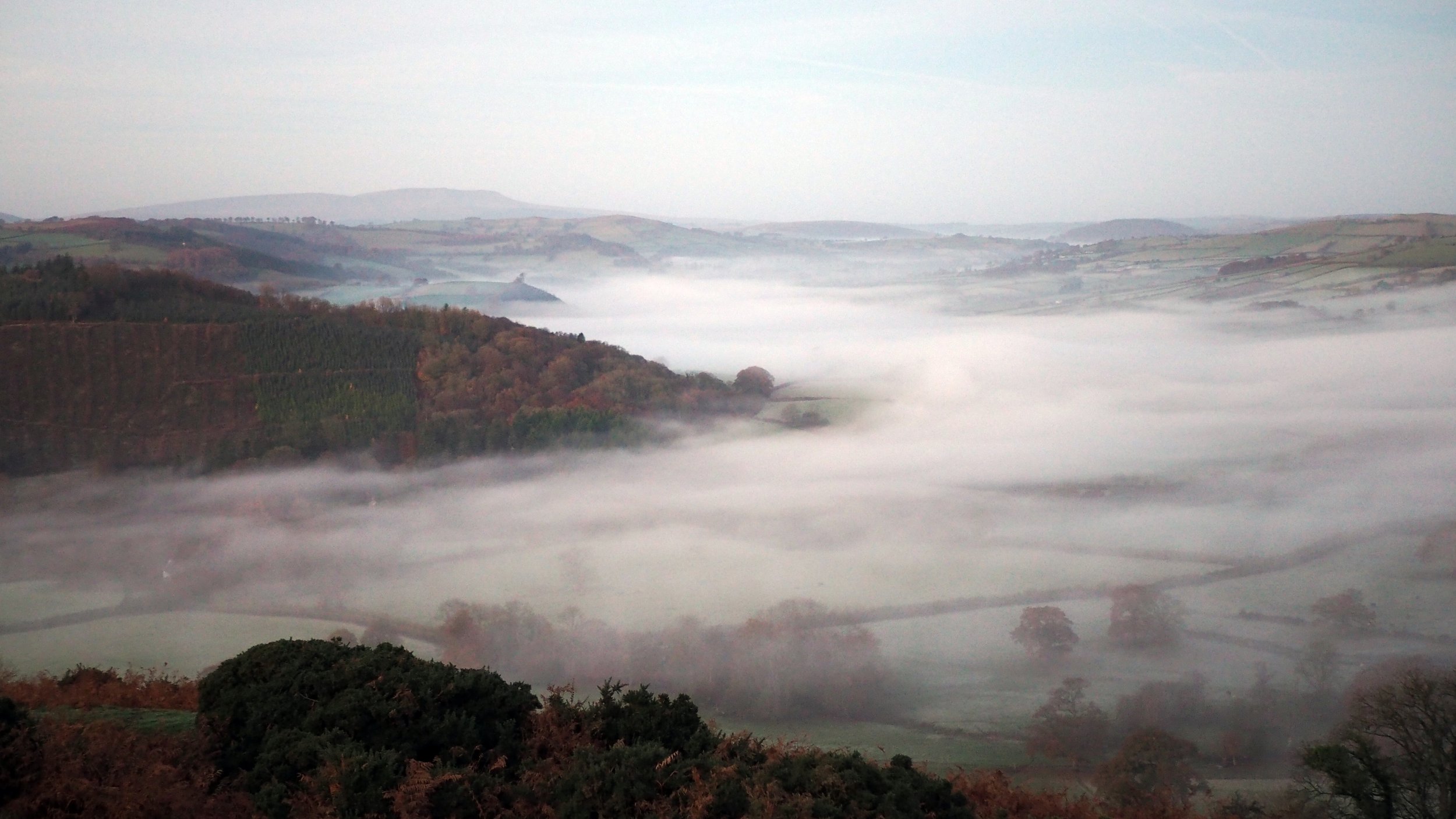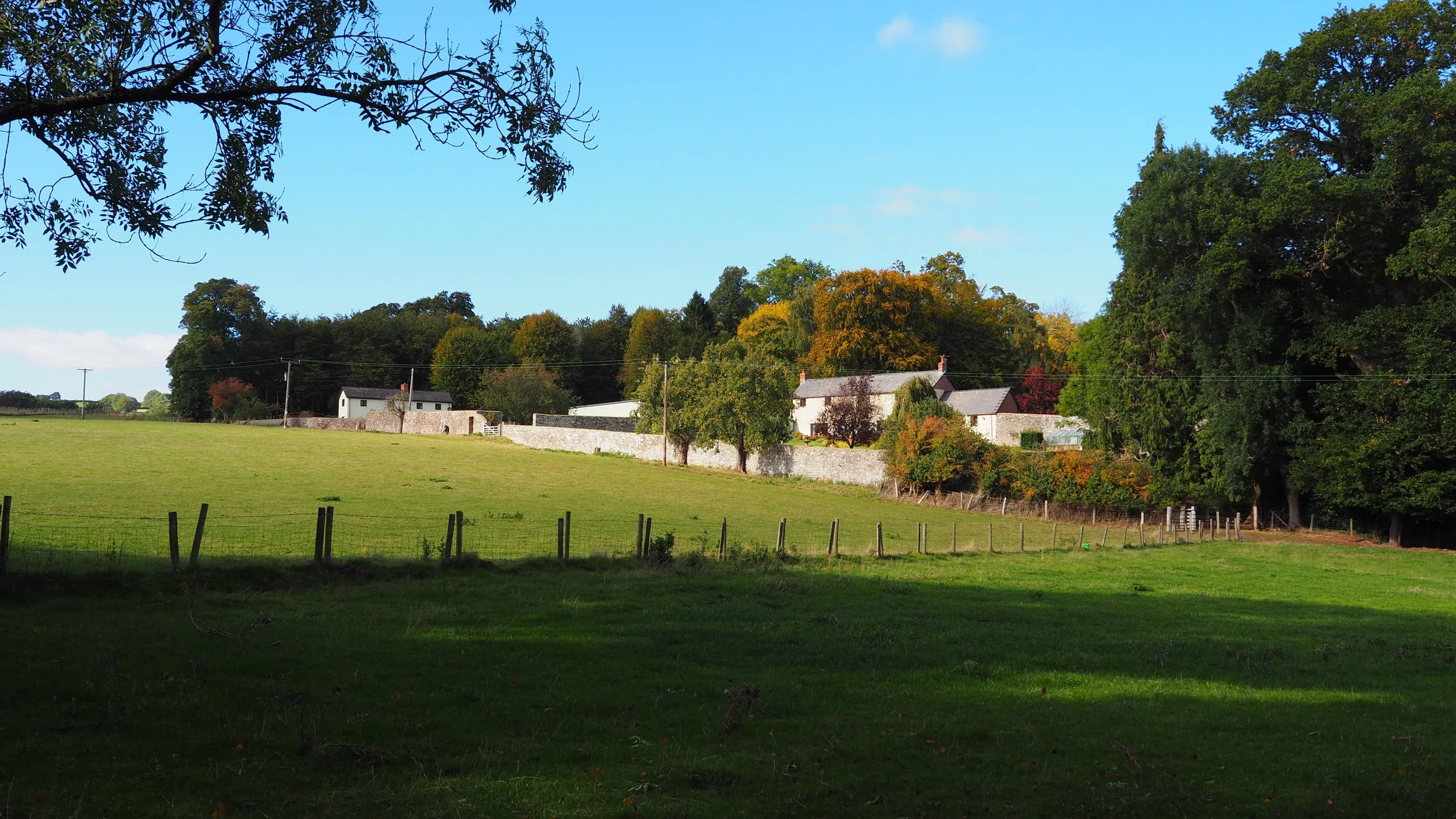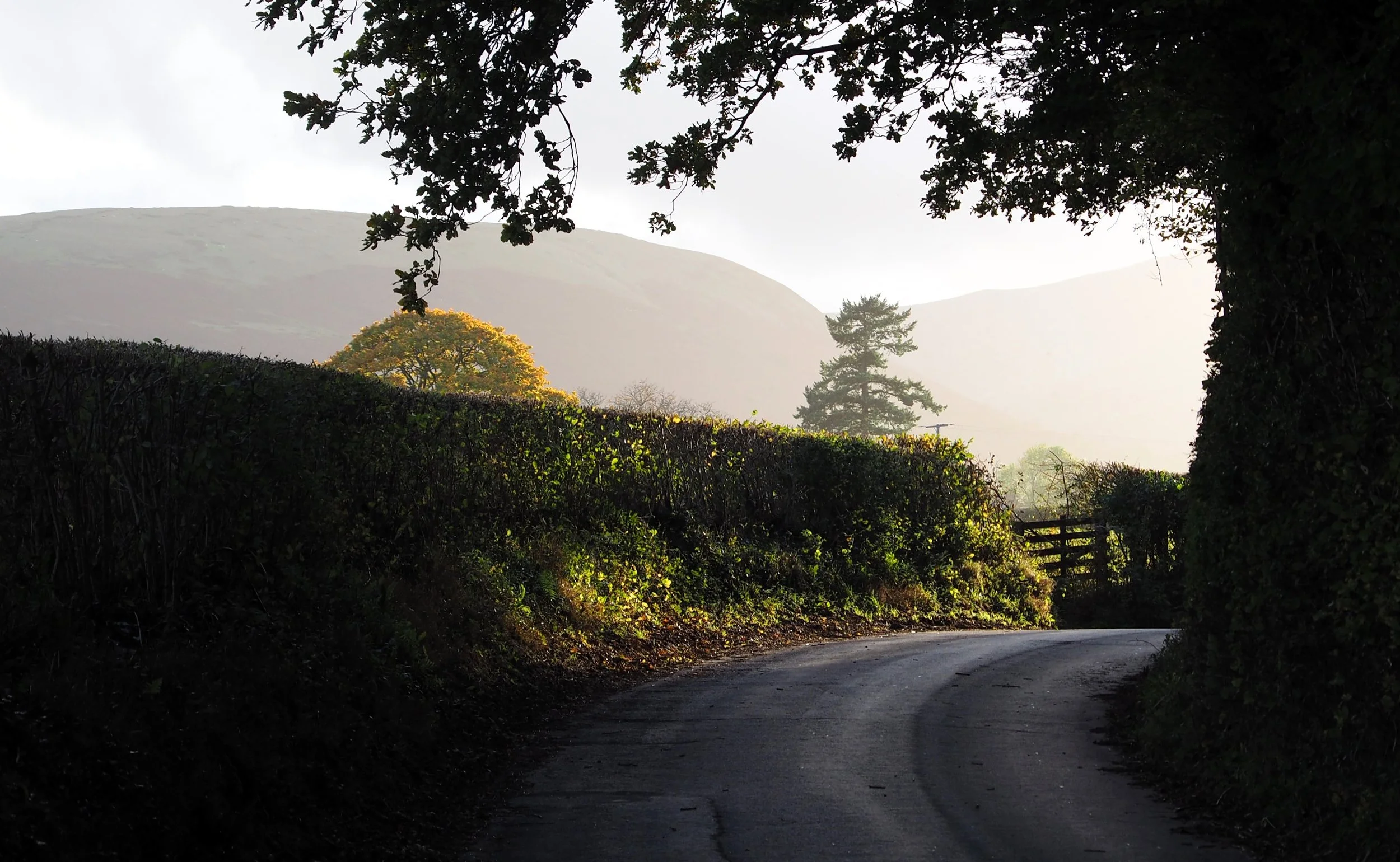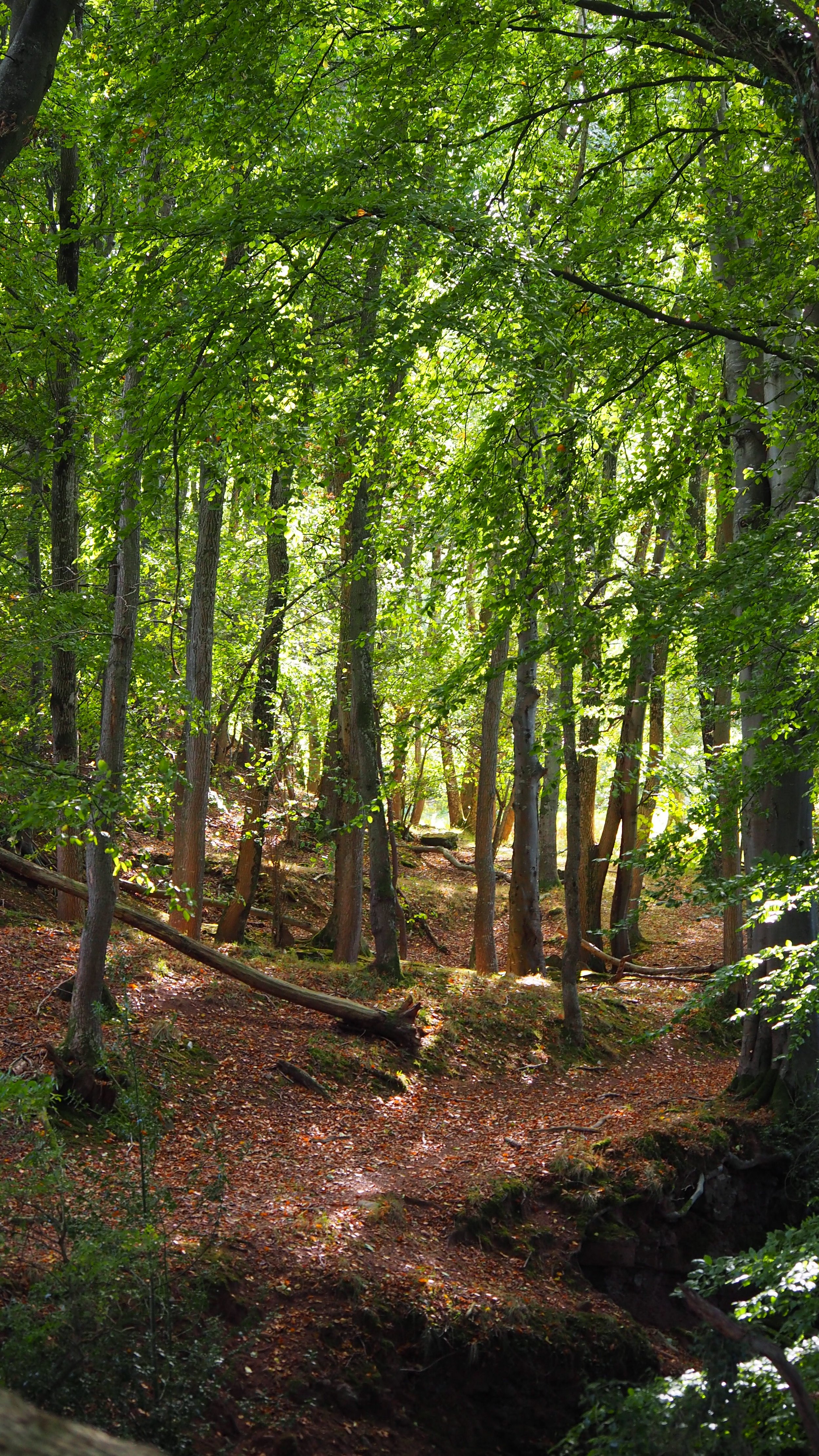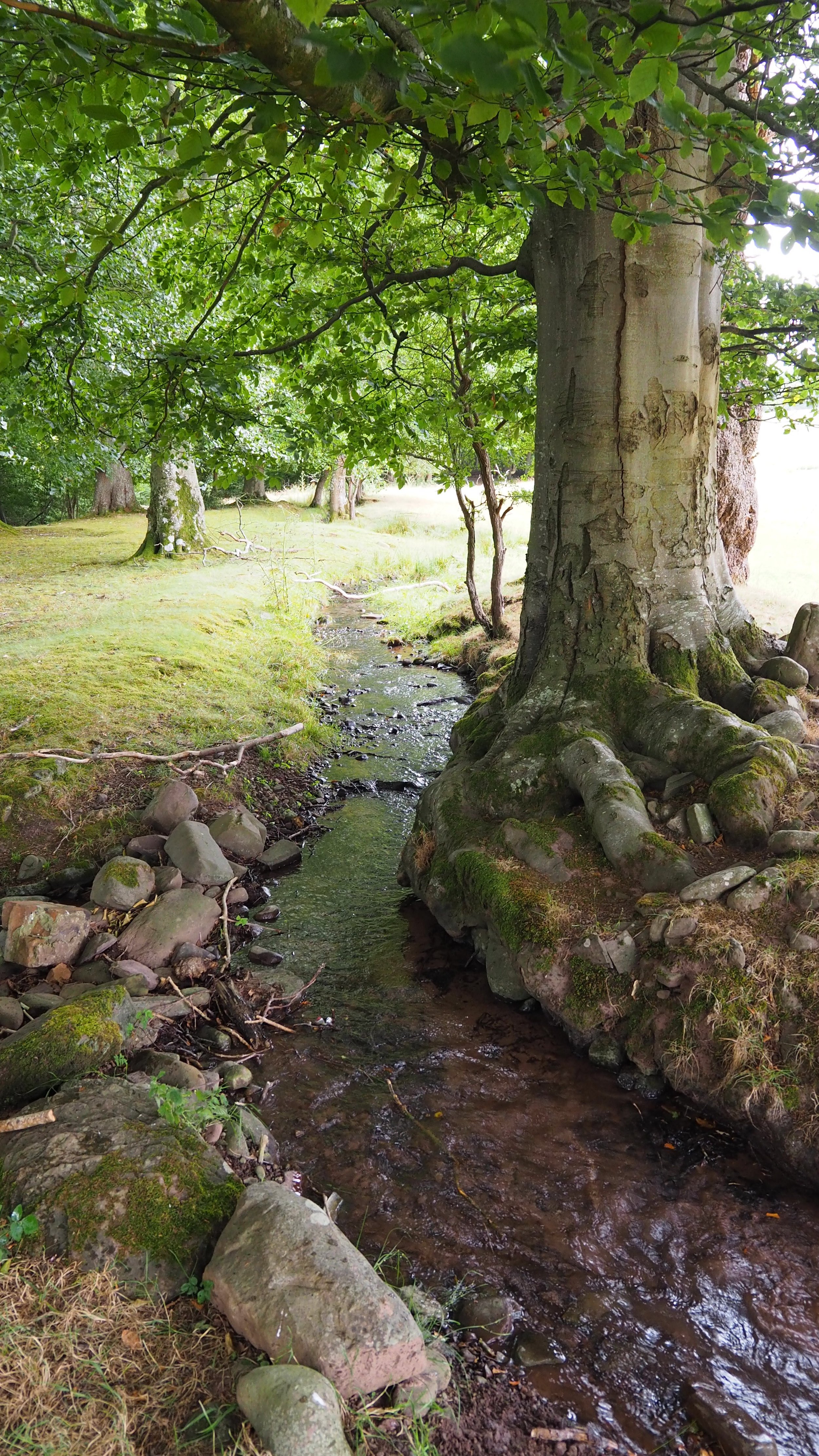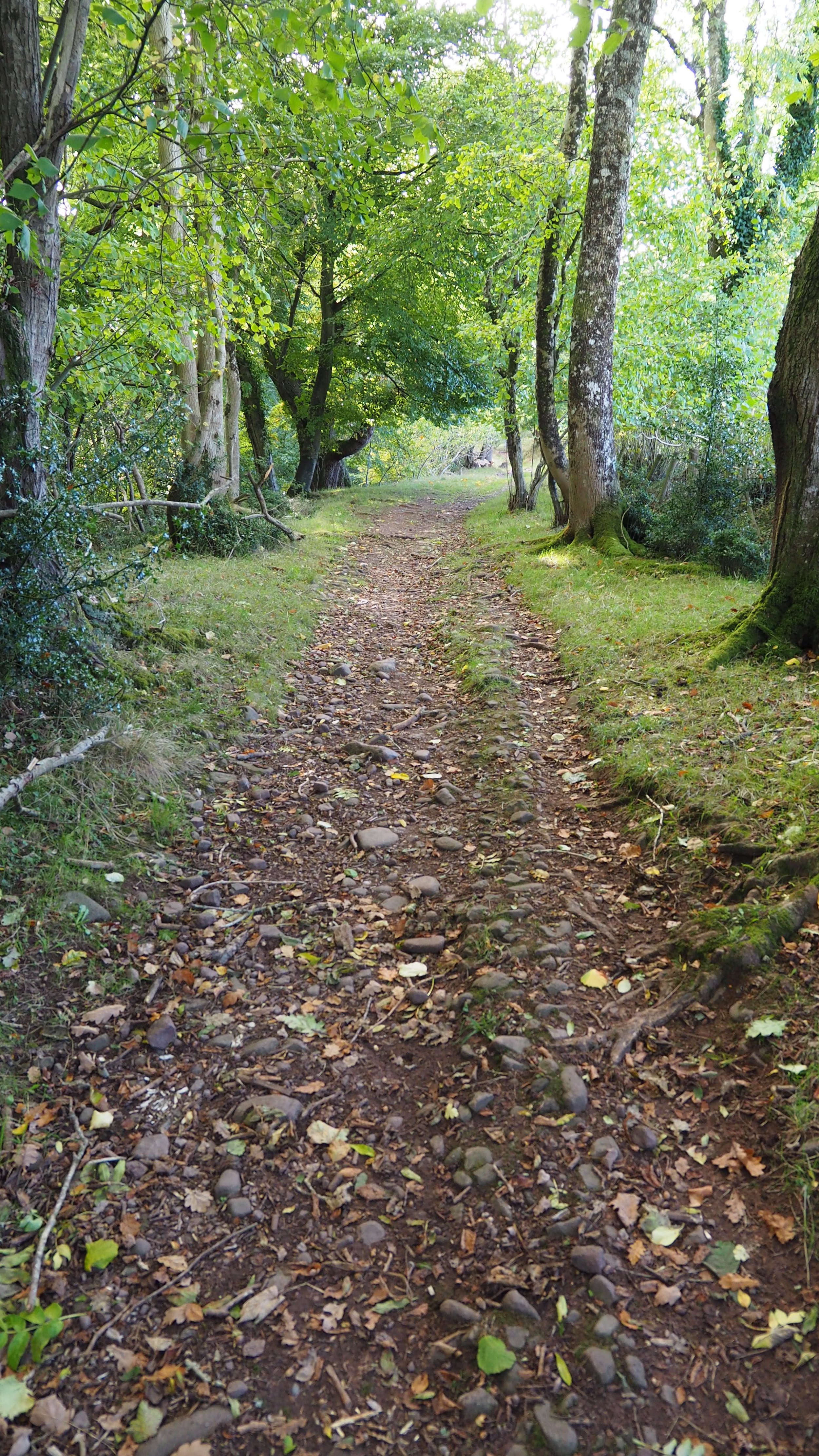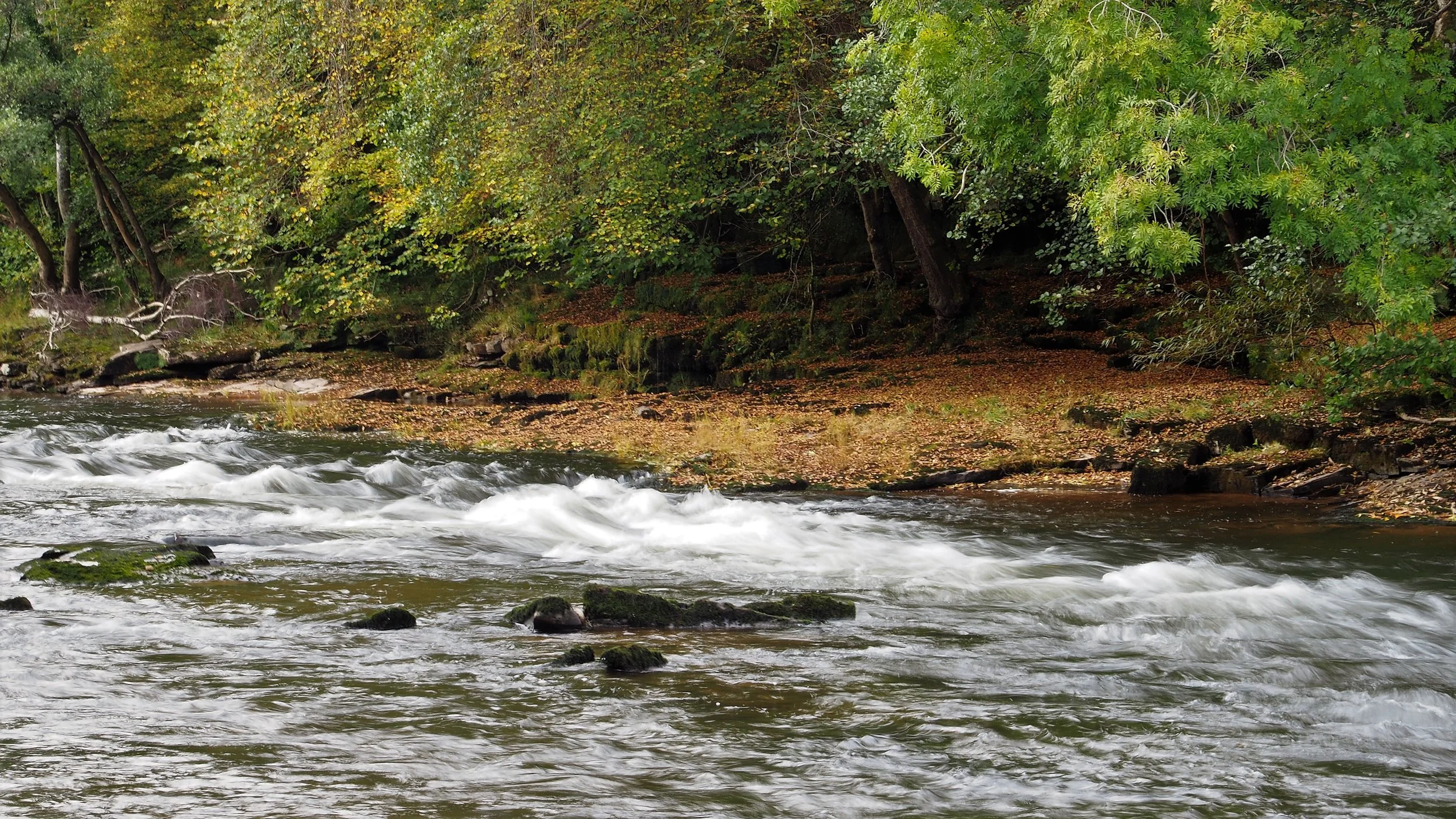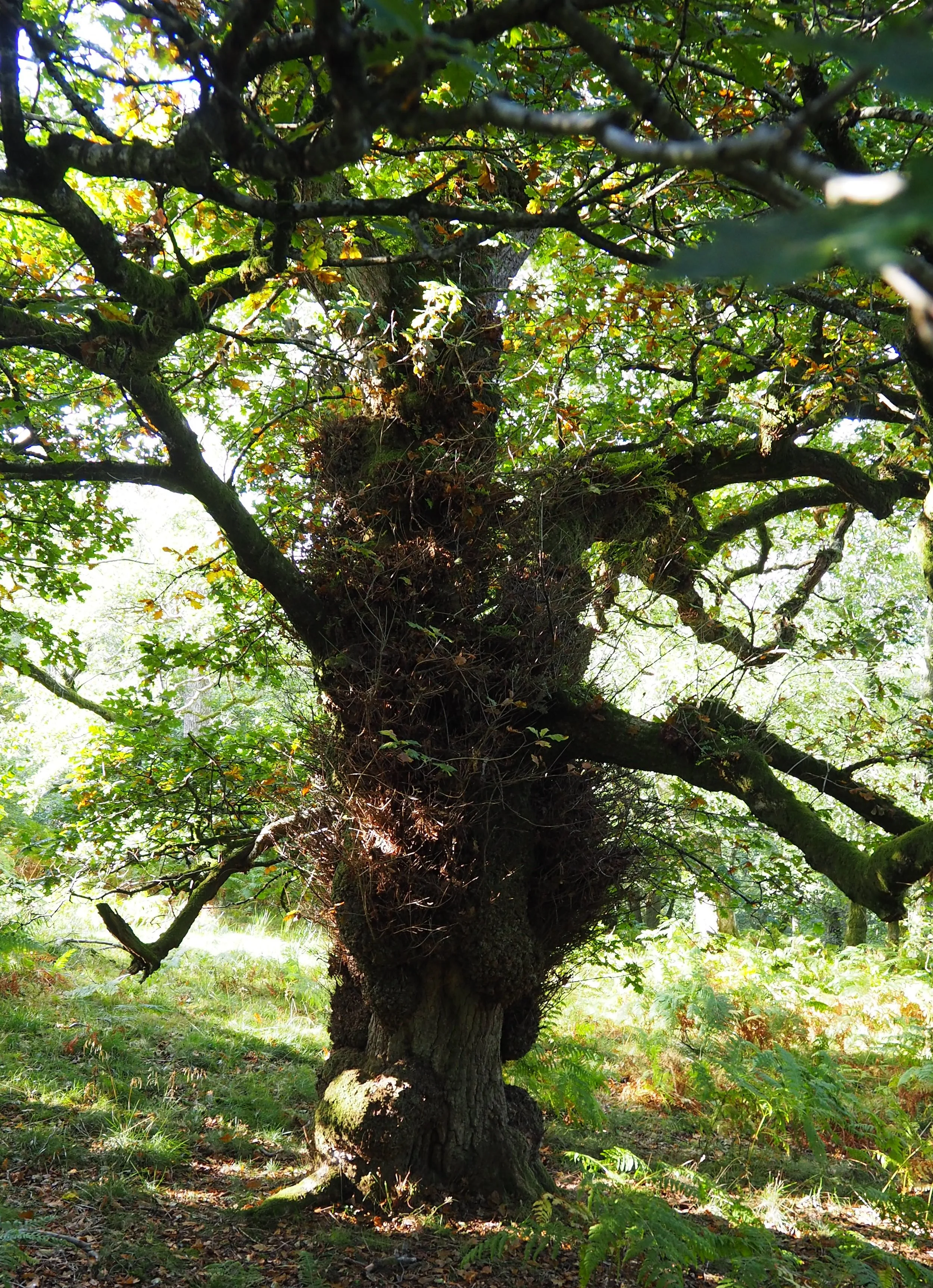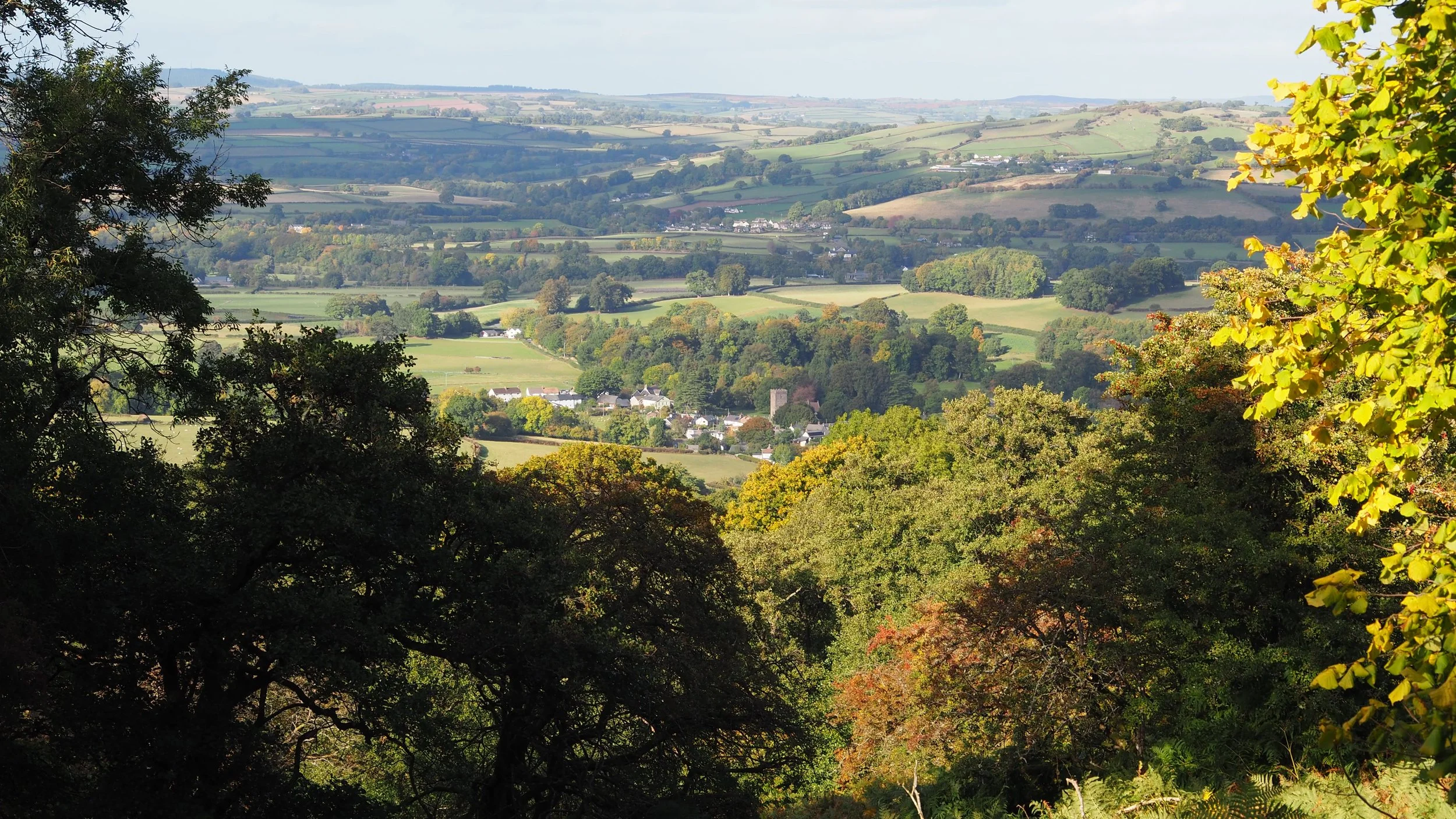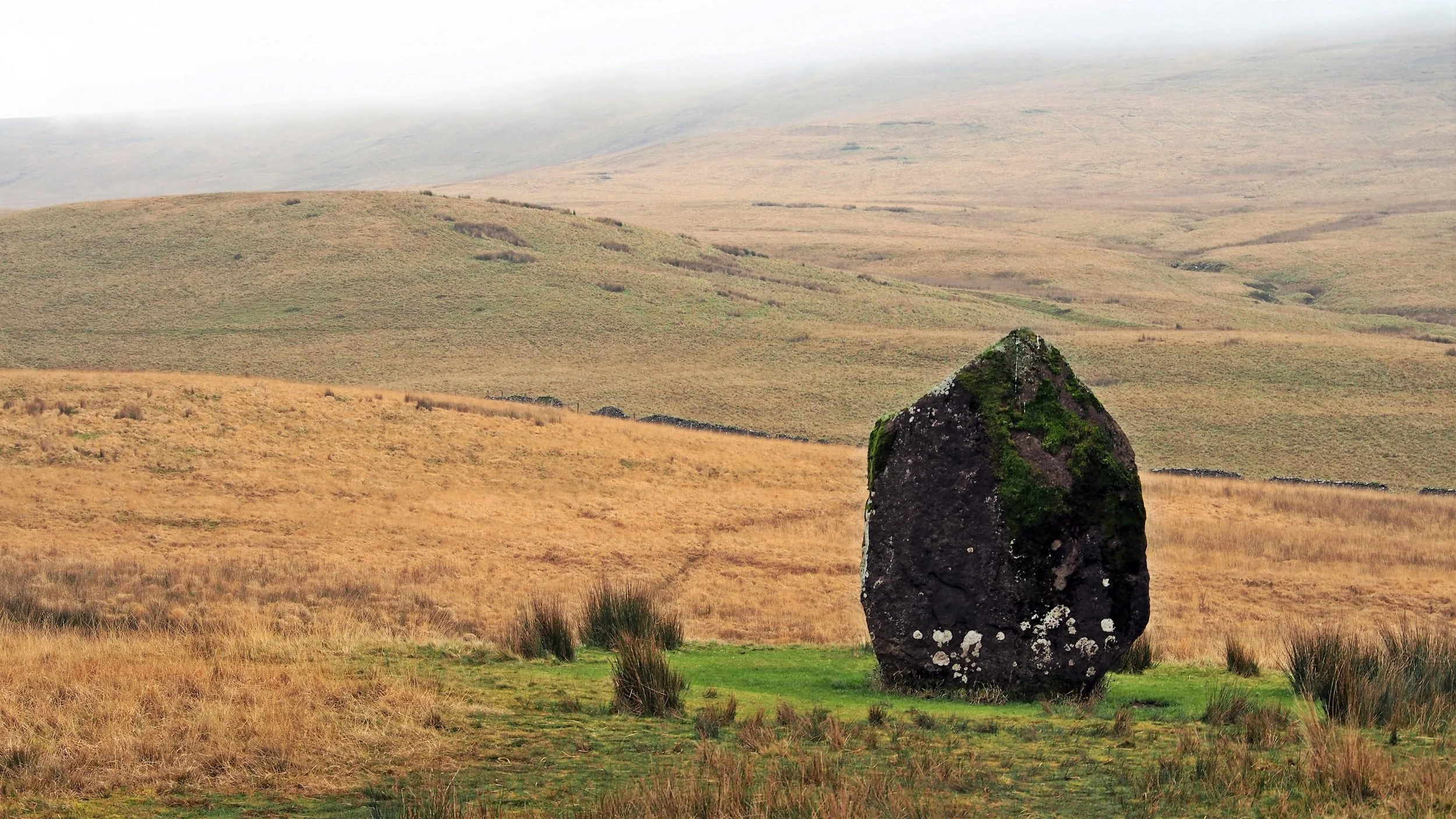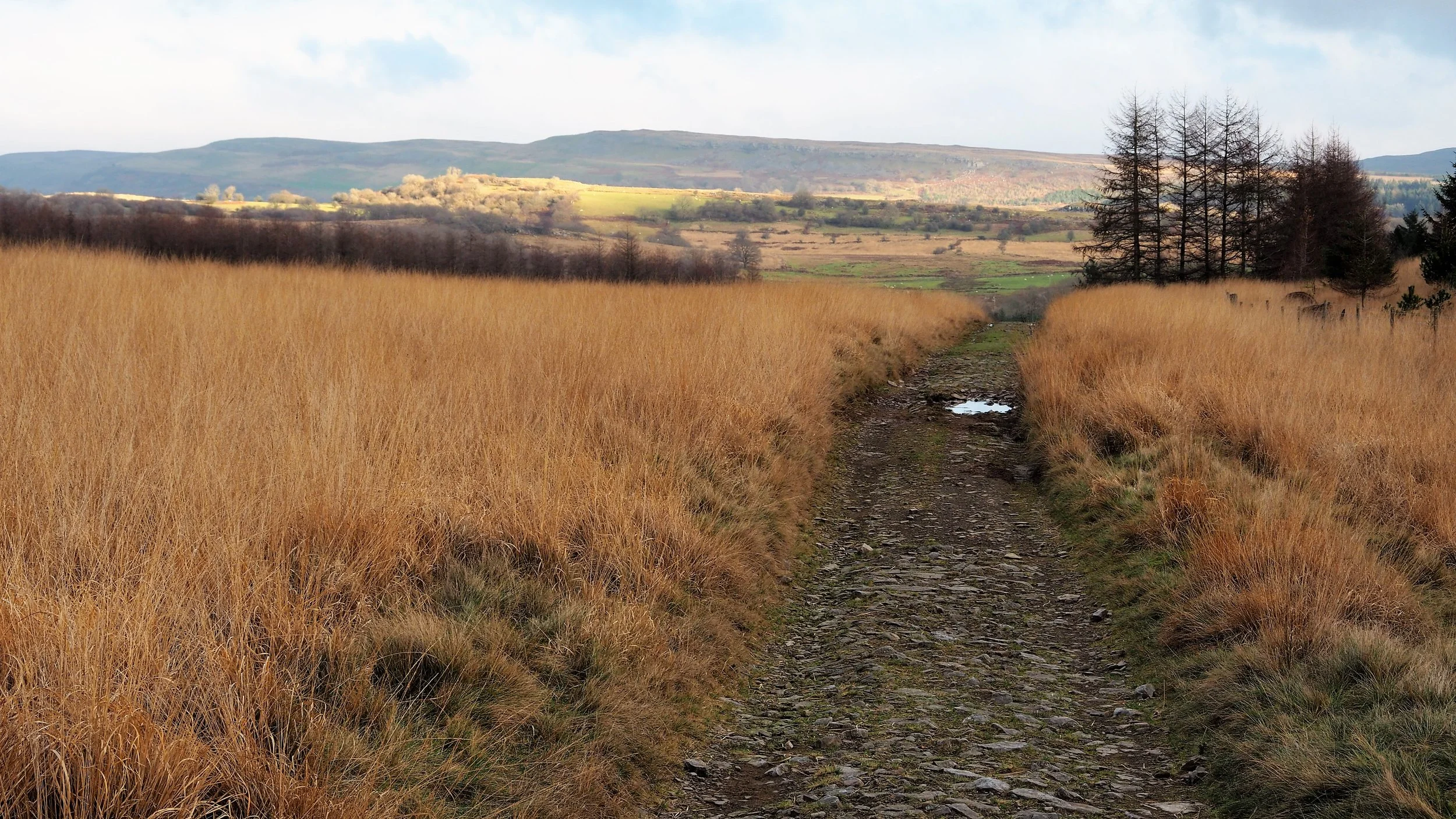The Landscapes of
Tillers of the Soil
One of the joys of writing Tillers of the Soil was translating the beauty of my home landscapes into words. For over a decade, I’ve wandered the footpaths, valleys, and high moors of the Brecon Beacons—Bannau Brycheiniog in Welsh—the beautiful backdrop to my novel.
Nearly two millennia separate me from my characters. In the 4th century, these mountains were wilder, more wooded; yet in places they remain as timeless as the Standing Stone.
Here, I share some of my photographs of locations from the novel. Can you imagine them as they might have been over 1600 years ago?
“The villa’s lands unfolded below them: fields marked with hedgerows . . .”
On this quiet farmstead outside Llanfrynach once stood the Roman villa at the heart of my novel. In 1775, a bathhouse here revealed its secrets—ornate mosaics that whispered of lives, loves, and betrayals buried for centuries.
“‘It has become our family throne,’ Grandpa once remarked. And so it had.”
This unassuming stretch of road, dividing fields from the edge of an ancient wood, lies where my story begins. Here, on a fallen beech trunk, Quercus, Publius, and Rusticella have a mystical encounter.
“Settling into her old spot among the roots of beech tree, Ria watched the life of the forest unfold. Two chiffchaffs flitted through the undergrowth; the river murmured its timeless song. Here, within the tree’s shadow, the weight of her cares lifted”
In my novel, these ancient woods along the eastern side of the villa’s lands, are Ria’s sanctuary—her place of freedom and escape. But it’s here, amid birdsong and rushing water, that she meets a danger that will change the fate of the villa forever.
“To their left, the Isca flowed darkly through the valley, cutting its way eastward along the feet of the mountains until it snaked into the fertile fields that lay beyond Gobannium to the north of Isca Augusta.”
The Usk (Wysg/Isca), which marks the northern boundary of the villa, flows through the long narrow Usk Valley. Popular today with fly fishermen and kayakers, it would have been an importance source of food in Roman times.
Up the hill from the woods, near where the moorlands stretch toward the sky, stands a grove of ancient oaks rooted in a sea of bracken. This is where I imagine the Empress Oak—silent witness to the old ways, keeping their memory as the world around her forgets.
“Its trunk was thick and scarred, bulging with old wounds, and armoured with deep, furrowed bark. ”
“From time to time, breaks in the canopy gave them a view of the villa surrounded by a broad landscape of cultivated fields, pastures and woodlands. ”
Today’s view over Llanfrynach and the villa’s imagined fields. This is the vantage Publius and Meurig enjoy just before their failed hunt lead them to a grim discovery.
“Rain had darkened its surface, giving it a sombre, solitary air, like a sentinel forgotten and impotent in the vast expanse of the moor. ”
Maen Llia is located in a landscape as remote and desolate today as it was then. Go there, and you can read for yourself about the legend of the stone drinking from the nearby stream, as it has done for more than four thousand years.
“Here, the road led him southward, its hard surface a kind of grim mercy that directed him through fog and rain. The landscape around him was among the most desolate he’d ever seen: his lasting impression was of pale grass, dark earth and grey rock washed out by the enveloping fog.”
A stretch of Sarn Helen, the ancient Roman road that once stretch across Wales. You can still walk parts of it in the Brecon Beacons and on a foggy day feels something of the same desolation that Baglan felt during his lonely pursuit.
